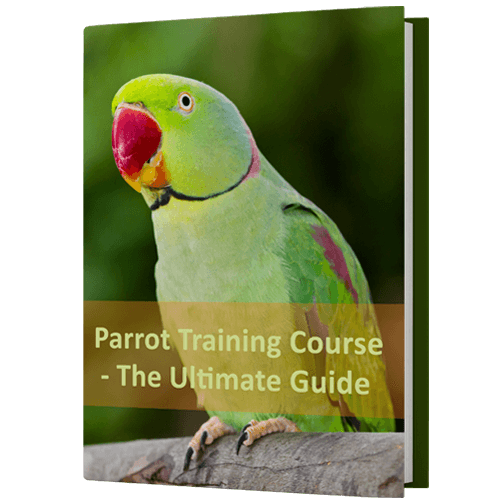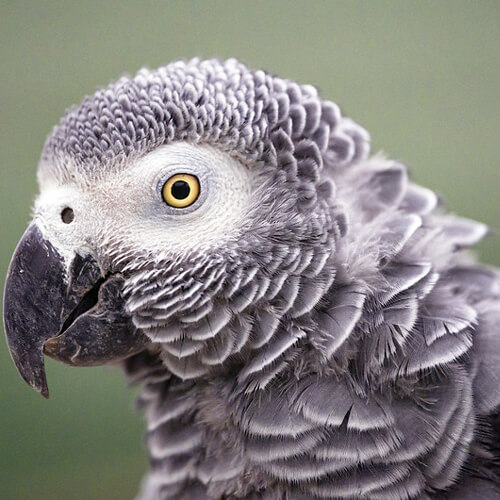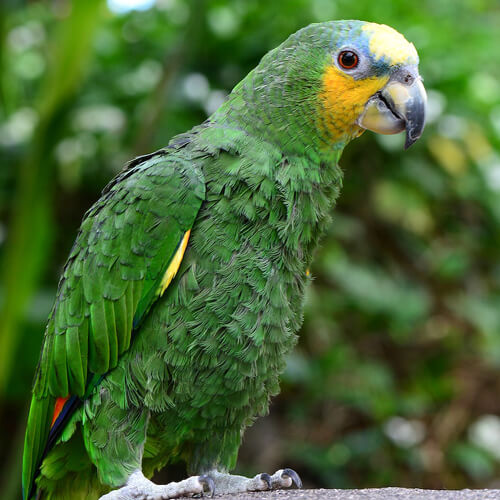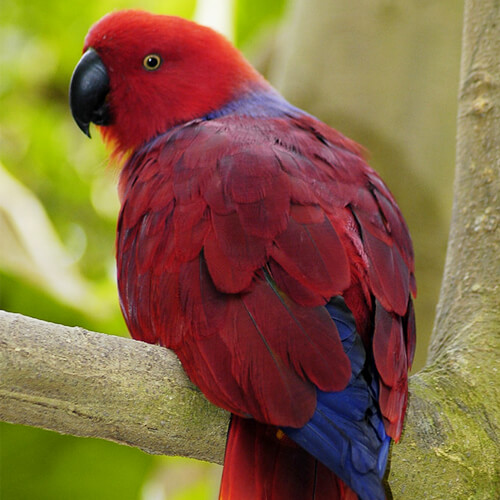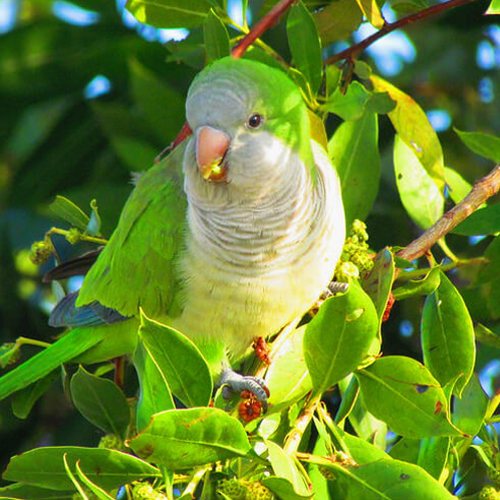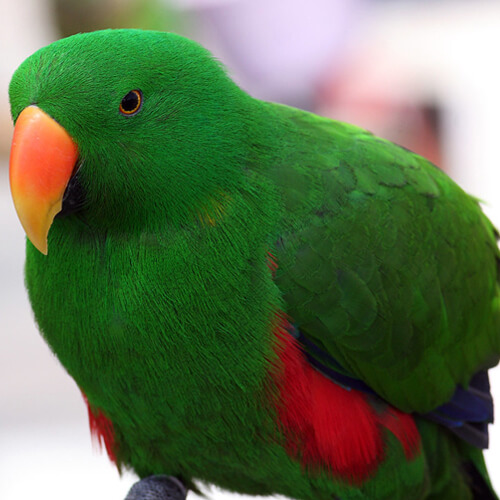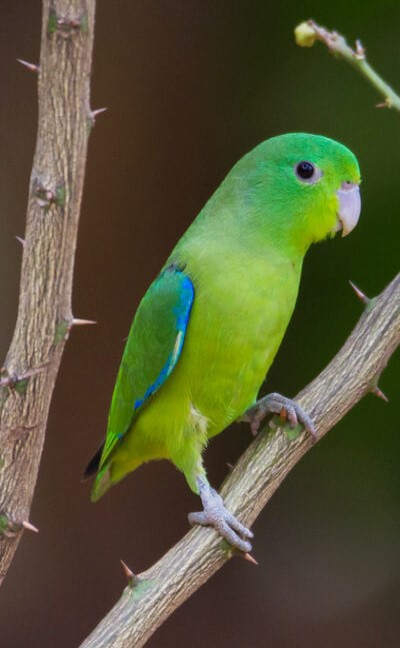
How To Easily Turn Your Parrot Into A Friendly Pet
Parrots are striking, beautiful, impressive and entertaining pets to have. They make wonderful companions. Their colorful patterns and cute mannerisms, including picking things up with their feet and climbing with their bills, endears them to us all. Parrots have a pan-tropical distribution with several species inhabiting the temperate Southern Hemisphere as well. The greatest diversity of parrots is found in South America and Australasia.
Sign-up for the Free Course on Parrot Training
Size: 7.5 cm - 102 cm / 3 inches - 40 inches
Life Expectancy: 10 - 80 years
Description
Parrots are known for their colorful plumage, sharp beaks and wide wingspan. The most obvious physical characteristic of parrots is their strong, curved, broad bill. The upper mandible is prominent, curves downward, and comes to a point. It is not fused to the skull, which allows it to move independently, and contributes to the tremendous biting pressure these birds are able to exert. The lower mandible is shorter, with a sharp, upward facing cutting edge, which moves against the flat portion of the upper mandible in an anvil-like fashion
